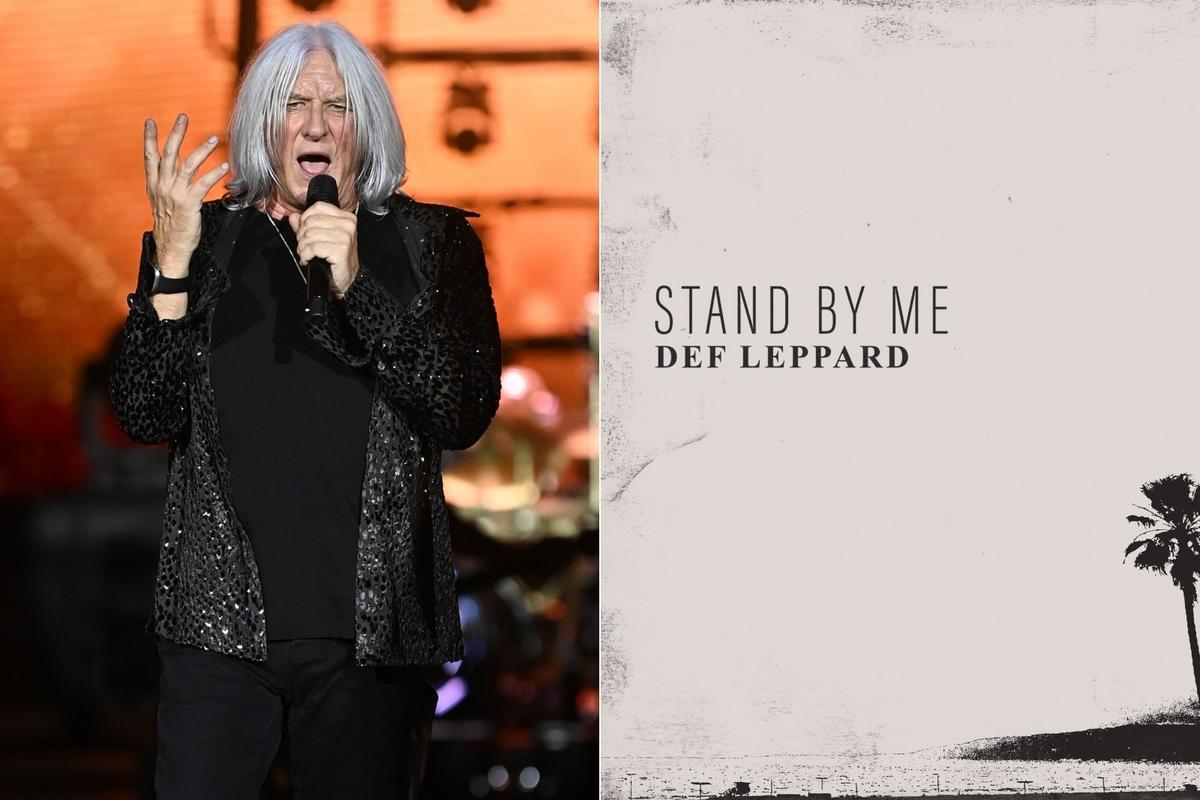Among the classic songs that grace the Super Bowl LIX advertisements, few evoke as much emotion as the Bellamy Brothers’ “Let Your Love Flow.” Featured in a heartwarming Budweiser commercial, this nostalgic track accompanies a touching narrative of a horse heroically rescuing a keg from a turbulent river and delivering it to a bar. This blend of sentimentality and memorable imagery captures the essence of what makes Super Bowl ads unforgettable.
For Concord Music Publishing, the song holds a special significance. Written in the early 1970s by Larry Williams, a roadie for Neil Diamond, the track eventually found its way to the Bellamy Brothers, whose catchy rendition topped charts in 1976. At that time, Williams transitioned to a new publisher, Bicycle Music, which became part of Concord in 2015. The enduring legacy of “Let Your Love Flow” makes it a cherished piece of music history, often referred to as the ‘Song Zero’ at Concord. Brooke Primonte, the executive vice president of global sync, emphasizes its sentimental value, stating, “It?s very dear to everybody who?s been here since day one.”
The narrative behind the song, combined with its timeless appeal, mirrors the overarching theme of this year?s Super Bowl music selections. Advertisements feature a blend of classic hits rather than contemporary tracks. For example, H.E.R. performs a soulful rendition of “Born to Run” in a Dove commercial focused on empowering young girls, while Glen Powell is seen reading “Goldilocks” to his children, dreaming of dragons in Dodge Rams, accompanied by Van Halen’s “Panama.” Additionally, a vibrant New Orleans scene features Shaboozey singing “What a Wonderful World,” and Seal surprises viewers in a quirky Mountain Dew commercial, appearing as a seal.
These beloved classics are strategically chosen to resonate with audiences, ensuring that brands successfully convey their intended messages. Tom Eaton, senior vice president of music for advertising at Universal Music Publishing Group, notes, “These songs are pretty much guaranteed to accomplish what the agency or brand is trying to do.” The familiarity of these tracks appeals to diverse audiences, making them a surefire choice for advertisers. Frank Di Minno, vice president of creative sync at Warner Chappell, concurs, declaring, “This was definitely the catalog Super Bowl.”
The Dove advertisement marks a historic moment as it features Bruce Springsteen?s iconic 1975 anthem, a significant milestone following his catalog sale to Sony Music Publishing for an impressive $550 million. Springsteen retains approval rights for the song, and after Brian Monaco, president and global chief marketing officer of Sony Music Publishing, shared the commercial with the legend’s team, they quickly granted their approval. Monaco emphasizes the increasing demand for Springsteen’s catalog, stating, “Brands want to get the most bang for their buck by using songs that people know,” especially considering the steep costs associated with Super Bowl ads, which range from $7 million to $8 million.
The soaring costs associated with music synchs reflect the multibillion-dollar industry that music publishers operate within. This year’s expenses for brands seeking to license popular songs range from $400,000 to $2.5 million, not including additional fees for obtaining master recordings. As brands strive to create memorable connections with their audiences, the investment in recognizable music is more crucial than ever.
Industry insights reveal that listeners are increasingly gravitating towards classic tunes, often streaming older music at higher rates compared to contemporary tracks. Marty Silverstone, president of global sync for Primary Wave, highlights this trend, noting that nostalgia-driven music is experiencing a resurgence in popularity. This year?s Super Bowl ads reflect this cultural shift, with selections like Smokey Robinson’s “Cruisin’” for Haagen-Dazs and Huey Lewis & the News’ “The Power of Love” for Bud Light.
As Super Bowl ads continue to resonate with contemporary audiences, the trend of utilizing familiar songs may hold deeper cultural significance. Dan Rosenbaum, vice president of commercial licensing for BMG, suggests that the nation is navigating challenging times, and incorporating songs with nostalgic appeal offers viewers a sense of comfort. Steve Nalbert, vice president of sync licensing and digital for Round Hill Music, echoes this sentiment, emphasizing the need for music that unites rather than divides us, a realization that brands are increasingly embracing.
Billboard reached out to leading music publishers to compile a list of their scheduled synchs for national spots during the game, excluding Fox broadcast promos and halftime performances. The results showed Sony Music Publishing at the forefront with 14 synchs, followed by Universal Music Publishing Group with 11, Warner Chappell with seven, Primary Wave with six, Kobalt with five, Reservoir Media with four, and both Concord and BMG with three each. Round Hill Music contributed one synch to the lineup.
While the focus on familiar songs is apparent, not all selections are classic hits. For instance, Childish Gambino’s powerful 2018 anthem “This Is America” makes an appearance in a Hims & Hers advertisement for a weight-loss drug. Rob Christensen, executive vice president and head of global sync for Kobalt, notes that Gambino’s team is typically selective about licensing this impactful song. However, they believed this opportunity was worthwhile, despite concerns raised just prior to the game about the ad’s transparency regarding potential side effects.
Reservoir Media’s synch count includes one contemporary hip-hop track, although Scott Cresto, the publisher?s executive vice president of synchronization and marketing, opted not to disclose its identity prior to the game. He did mention, however, a classic hit featured in a Michelob Ultra advertisement featuring Willem Dafoe and Catherine O’Hara enjoying pickleball with both famous and lesser-known athletes, paired with Perry Como?s “Papa Loves Mambo”, a chart-topping song from 1954. The brand specifically requested a track that was humorous and familiar across generations.
According to Cresto, the trend of brands leaning towards classic and nostalgic songs is cyclical. He notes that while some years see a preference for contemporary pop hits, the last two years have shown a marked shift towards utilizing existing music catalogs, emphasizing the enduring appeal of songs that resonate with audiences on a deeper level.






